INTRODUCTION
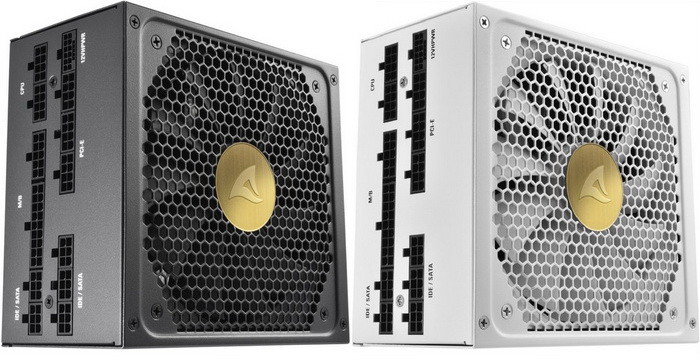
It's no secret that both NVIDIA and AMD have been working on their next generation GPUs for quite a while now (some say even Intel is) and if there's one thing that goes hand to hand with a brand new graphics card that's a brand new power supply unit. Now what many of you have asked me this year is whether or not you have to update your power supply if you intend on buying a new graphics card and well, the short answer is no. Previous generation power supply units (especially the 80 PLUS Platinum and Titanium models) may actually be just as good as the current gen ATX 3.0 & PCIe 5.0 models. However, ATX 3.0 & PCIe 5.0 compliant models do pack some features previous models do not, most notably the up to 3 times excursion tolerance, higher electrical efficiency and double the peak power output for a duration of up to 100ms. So, even though you don't actually need to move to a new power supply unit if you get one of the latest graphics cards it would be good if you did. Sharkoon lately released their very own ATX 3.0 & PCIe 5.0 line of power supply units called the Rebel P30 and today with me i have the 1000W model.
Since 2003, Sharkoon has been developing “Designed in Germany” gaming products, which are popular in the worldwide gaming community due to an exceptional combination of high-performance and affordability. Stylish PC cases, precision keyboards or mice and comfortable gaming chairs – all these represent an elegant blend of high-quality design and modern technology. Numerous awards from the international trade press underscore the performance and quality of the Sharkoon brand.
The Rebel P30 line of ATX 3.0 & PCIe 5.0 power supply units includes 3 different power output models (850/1000/1300W) all of which are fully modular and sport the 80 PLUS Gold certification (up to 92% electrical efficiency). The 1000W unit which arrived in the lab features a single 12VHPWR power connector (600W), four 6+2 pin PCIe power connectors, single strong +12V rail (83.3A) capable of delivering 100% of the units’ total power output (1000W) and a peak power output of no less than 1141W (peak should now be up to 2.25KW for up to 100ms - once again however this is not something i can test). The Rebel P30 line also sports half bridge LLC with DC to DC design, Zero RPM fan mode (fan starts spinning after a certain load and keeps spinning for 60 seconds after the system has shut down), high-quality Japanese capacitors certified for use up to 105 degrees Celsius and a full array of electrical protections including over-current (OCP), over-voltage (OVP), under-voltage (UVP), short-circuit (SCP), over-temperature (OTP) and over-power (OPP). So, let's see just how good the very first ATX 3.0 & PCIe 5.0 power supply by Sharkoon really is.
SPECIFICATIONS AND FEATURES

PACKAGING AND CONTENTS
A large product picture is located at the front of the box just under the company and 80 PLUS Gold logos.
The specifications of all three available models are printed on the left side.
At the base we find the contents of the bundle along with the serial number and barcode.
Turning the box around we find the product features printed in 14 languages.
As expected, the Rebel P30 PSU is placed between two foam spacers whereas the modular cables are placed in a storage pouch.
Along with the Rebel P30 1000W and its power cord inside the box you'll also find a synthetic cover (the PSU was in it), modular cables with their storage pouch, 4 mounting screws and a warranty information paper.
THE REBEL P30 1000W EXTERIOR
All modular cables follow the slim/low-profile design and yes that also includes the 12VHPWR cable.
Measuring 160mm in length, 150mm in width and 86mm in height the Rebel P30 1000W is a typical ATX sized unit.
The 135mm fluid-dynamic bearing fan is placed beneath a nice looking grille with the company logo at its center.
Sharkoon has also placed their company logo on the left side of the enclosure.
On the opposite side we find a sticker with the unit's electrical table.
The 13 available modular connectors at the front of the unit are all tagged and different in shape.
Typically, the rear is perforated and includes the on/off zero RPM fan mode and power switches and the power port.
THE REBEL P30 1000W INTERIOR
The 135mm FDB fan is manufactured by Globe Fan and can reach speeds of up to 1700RPM.
Due to running around working on 5 reviews at the same time i once again didn't have time to dig and find which the OEM is behind the Rebel P30 1000W but purely based on its layout this should be either an CWT or High Power unit (will update when i verify this).
The two primary capacitors are manufactured by nichicon and are certified for use up to 105 degrees Celsius.
Secondary capacitors are manufactured by both Nippon Chemi-Con and Rubycon and are also certified for use up to 105 degrees Celsius.
TEST BED
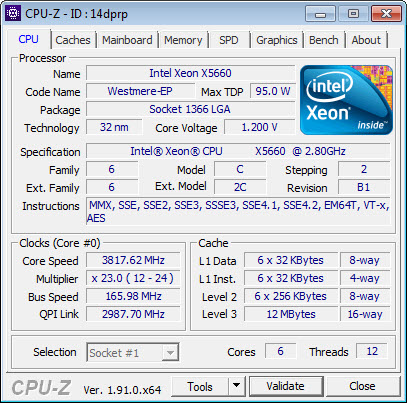

TESTING METHODOLOGY
Using a dedicated measurement instrument such as a Chroma or a SunMoon to test power supply units is without doubt the most ideal and accurate way (not to mention the fastest) to do that currently. However, it's certainly not the only way there is and so pretty much anyone can test a power supply unit just by using a test rig. Certainly, limitations do apply and so you can't really push a 1000W power supply to its limits if your system only uses 500W at peak loads and that's why over the years we saved certain hardware components for the purpose of building a dedicated PSU test rig. True it may not be as accurate as the above mentioned solutions but it comes really close and is in fact much closer to real world usage. So as always, we ran several games with maximum graphic options enabled at a resolution of 2560x1600 in order to stress every hardware component and increase the overall power demands of the system. The Passmark BurnIn Test was also used to overstress the components in an effort to provide the most accurate results possible. As a final test we also used the latest OCCT 4.4 software and its dedicated PSU testing suite since it can really bring a power supply to its knees after inside a few minutes.
Rail stability was checked/measured with the CPUID Hardware monitor and a Metex multimeter which also recorded the system load in idle and in load. As always try to remember that the power consumption numbers listed in the graph are the highest (Peak) ones recorded during the entire duration of the tests and not the average ones. Noise levels coming from the fan were recorded using the high precision HD600 ExTech Sound dBA Meter from the rear of the unit and at a range of no more than 5-10cm. Readings under load are recorded the exact moment we manually switch the fans of all graphics cards from full speed to almost zero, that way the fan of the power supply does not have enough time to slow its RPM and so by doing this we get very accurate noise level readings. Needless to say, in order to get 100% accurate readings, you need to have a noise isolated room for that exact purpose, something which is quite impossible unless you are working inside a real lab (some people use very small noise insulated boxes but due to their size both heat and noise exceed normal levels and so the results can't really be considered to be 100% accurate, nor realistic for that matter). Also do take into account that since all noise measurements take place from just 5-10cm away the final noise levels to reach your ears will be considerably less.
* After well over 10 years of testing PSUs the Intel Core i7-920 CPU of this rig failed and so we replaced it with a Xeon X5660 (we also swapped the GA-X58A-UD7 for the G1. Assassin).
TEST RESULTS



CONCLUSION
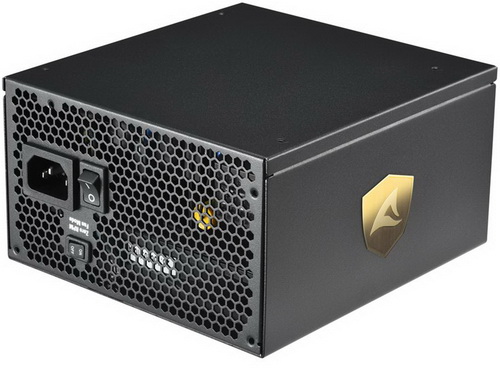
Sharkoon may not focus a lot in the release of power supply units but models like the Rebel P30 are actually quite good across the board. This applies to build quality, rail stability and of course features including several electrical protections. Noise emanating from the 135mm Globe Fan does become noticeable at 100% load (and slightly more than that in my tests) but once again I doubt anyone will be buying an 1KW unit to max it out so chances are your graphics card and CPU coolers will probably mask noise coming from the PSU. My sole “issue” with the Rebel P30 line has to do with warranty and here Sharkoon with their 2 year limited warranty clearly falls behind their direct competition. Yes, warranty may not be a big issue when talking about mid-end models but it makes sense for consumers to go for a unit that has a 5 or even a 10-year limited warranty instead of 2 (so i do hope Sharkoon looks into this).
At the time of this review the Sharkoon Rebel P30 1000W ATX 3.0 & PCIe 5.0 power supply unit retails for 211.18Euros inside the EU (Amazon.de) a price tag which is more or less balanced for what you’re getting. The Rebel P30 1000W model may not be the perfect PSU and yes, the somewhat lacking warranty doesn’t help things but still it’s a good PSU overall which is certainly worth the attention of EU based consumers.
PROS
- Good Build Quality
- Good Rail Stability
- ATX 3.0 & PCIe 5.0
- 80 Plus Gold Certified
- 12VHPWR 600W Connector
- Single Strong +12V Rail (83.3A)
- Fully Modular
- Electrical Protections (OVP/UVP/SCP/OPP/OCP/OTP)
- Available In Black & White Colors
- Zero RPM Fan Mode
CONS
- Noise Levels (For Some)
- Warranty (Compared To The Competition)
- Availability Outside The EU (Currently)

 O-Sense
O-Sense





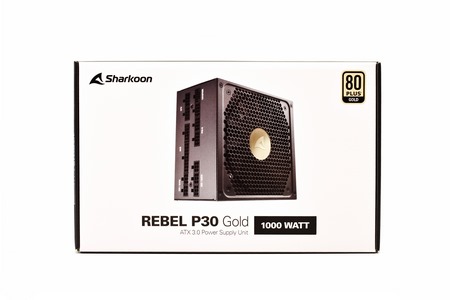
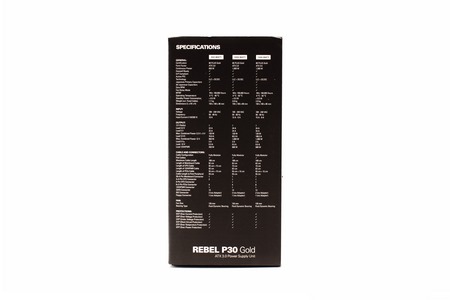
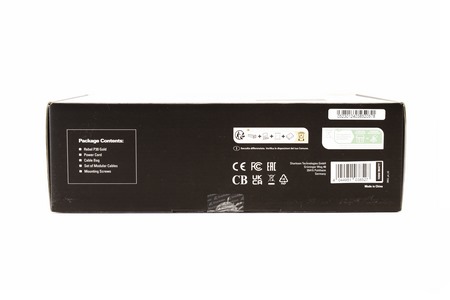

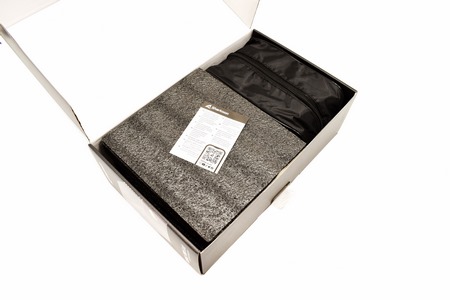

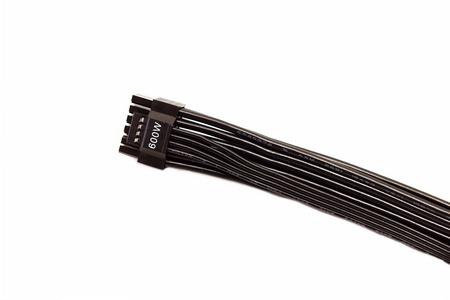
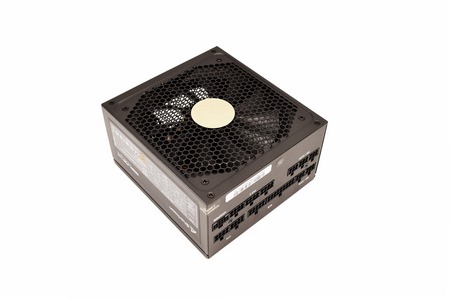
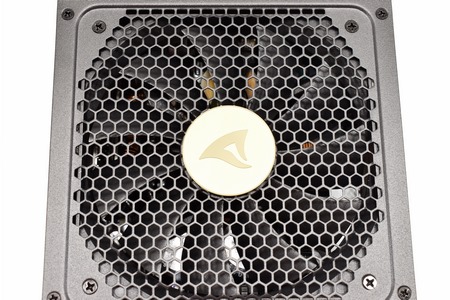

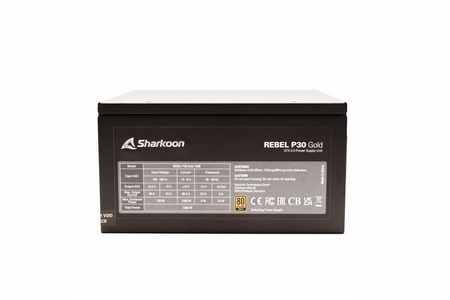
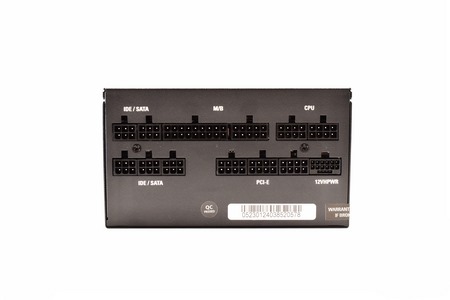
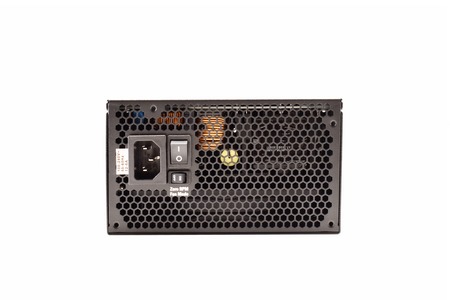

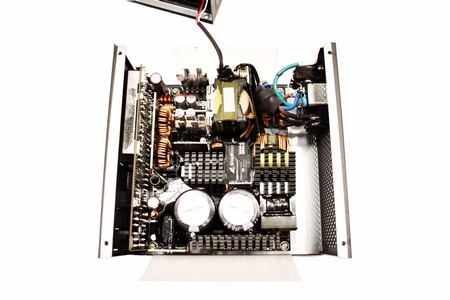
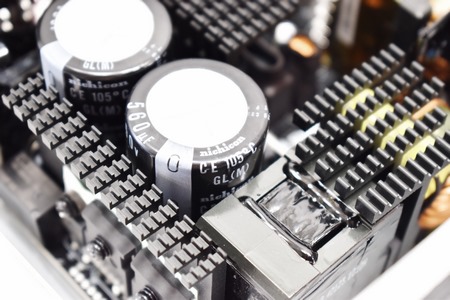
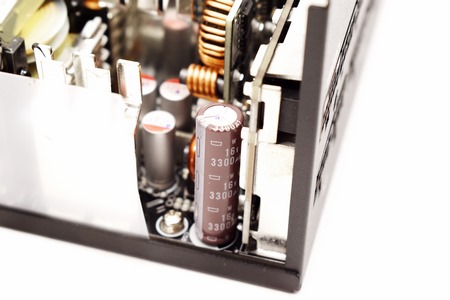



.png)

